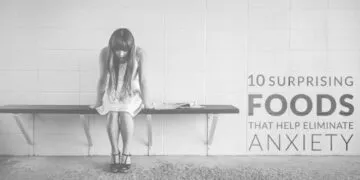Does looking at a honeycomb freak you out, or in some way make you feel uneasy or grossed out?
How about lotus seed pods or the dimples of a strawberry or the bubbles in a chocolate bar?
If so, you may suffer from some degree of trypophobia!
So, what is trypophobia?
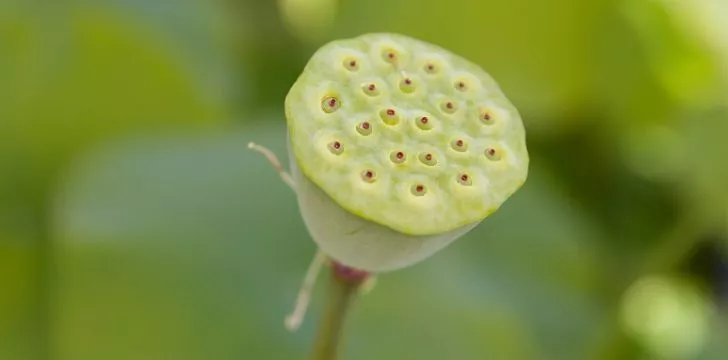
Trypophobia is the name given to a condition where someone has an aversion to clusters of small holes, bumps or repetitive circular patterns.
Other examples of potentially triggering stimuli include coral, sea sponges, insect eyes, bubble wrap and pores in the skin.
The term was coined on an internet forum where people came together to discuss their repulsion at certain triggering images.
The word is a combination of the Greek words trýpa meaning “hole”, and phóbos meaning “fear”.
Although its name has “phobia” in it, it is not recognized as an official phobia.
Studies on the condition are limited, and the research available is split as to whether or not it should be considered a medically diagnosable disorder or not.
It is fairly common, with one study published in 2013 in the journal Psychological Science finding that 16% of participants experienced feelings of disgust or discomfort when looking at an image of a lotus seed pod.
What are the symptoms of trypophobia?
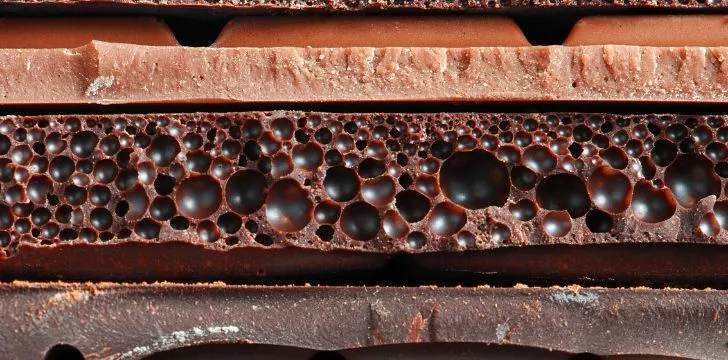
Like all phobias, trypophobia can produce a range of symptoms.
This can be from the mild (goosebumps, itching, feelings of revulsion) to the more severe (anxiety, vomiting and panic attacks).
Some people suffer such excessive fear and distress in response to the sight of triggering images.
It can even start to interfere with the regular functioning of their lives, and they may be prescribed medication or therapy to overcome it.
Is there a treatment for trypophobia?
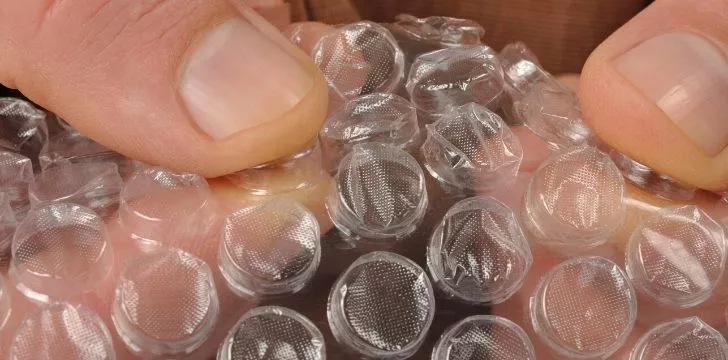
There are no specific treatments for trypophobia, however, most phobias are treated with “exposure therapy”, so this is likely to be effective in treating trypophobia too.
Exposure therapy is where the sufferer is exposed to their trigger in an environment where they know they are safe in an effort to retrain their brain.
As anxiety is one of the key symptoms in someone really struggling with their trypophobia, another method to overcome the phobia may be to manage their anxiety.
There are a number of talking therapies proven to be very effective in dealing with anxiety, such as CBT, and also medications.
What causes trypophobia?
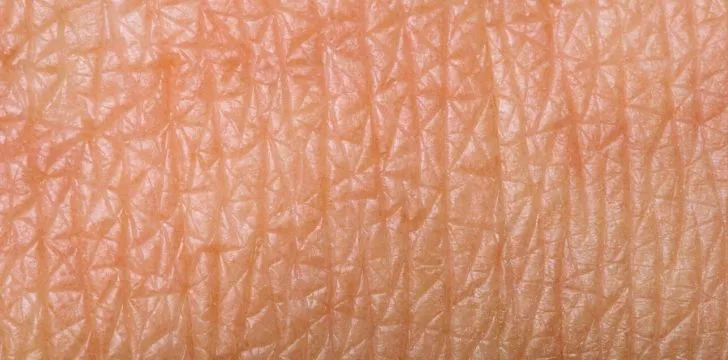
Unlike other phobias, the overwhelming emotion often described by people with this aversion is disgust, rather than fear.
Trypophobia tends to be mainly set off by visual stimuli however, some sufferers have reported that encountering dimpled or holey surfaces is also a trigger for them.
Scientists believe it is not actually the holes themselves that elicit the response however, but rather what the holes represent.
Holes are often associated with danger; the thought of falling into one, or what could be hiding within one, is what causes the unpleasant reaction.
Kendall Jenner, of Keeping Up with the Kardashians, has outed herself as a trypophobe, and is the perfect example of this.
She wrote on her blog, “I can’t even look at little holes, it gives me the worst anxiety. Who knows what’s in there?”
The appearance of holes or bumps in the way that might trigger a trypophobe is also akin to a skin rash or other pathological complaints, such as chickenpox or scabies.
We are biologically hardwired to be disgusted by the appearance of these conditions as a means to protect ourselves from potential contagious diseases.
There is also an evolutionary theory.
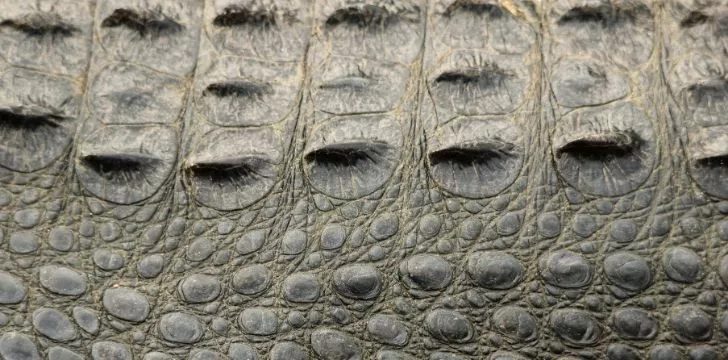
Many dangerous animals happen to display trypophobic-style holes, bumps or spots on their skin – examples of these being alligators, venomous snakes and frogs.
Our ancestors, who were perhaps unaware of the dangers these animals posed, but were disgusted by their patterns, would have avoided them and as such survived to reproductive age.
The trypophobic trait would have been passed on to their offspring, and so on and so forth – with the aversion still existing in our gene pool today.
Many trypophobes do not realize they are trypophobes until presented with triggering imagery.
After reading this article, do you think you might be a trypophobe?
Let us know in the comments below!





